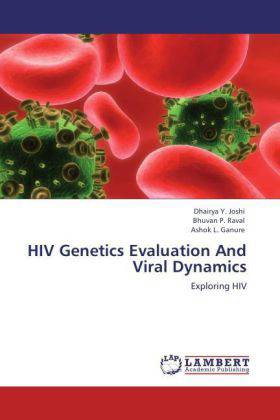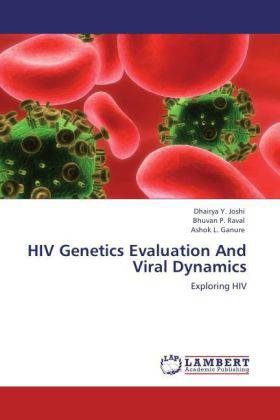
- Afhalen na 1 uur in een winkel met voorraad
- Gratis thuislevering in België vanaf € 30
- Ruim aanbod met 7 miljoen producten
- Afhalen na 1 uur in een winkel met voorraad
- Gratis thuislevering in België vanaf € 30
- Ruim aanbod met 7 miljoen producten
Zoeken
HIV Genetics Evaluation And Viral Dynamics
Exploring HIV
Dhairya Y. Joshi, Bhuvan P. Raval, Ashok L. Ganure
Paperback | Engels
€ 48,45
+ 96 punten
Omschrijving
There are the two type of HIV mainly they are HIV-1 and HIV-2. HIV-2 is less pathogenic and less transmissible compared to HIV-1. This is believed to be due to the lower viral load that is seen in HIV-2 infected patients. genetic variation and evolution in the pol gene was studied, with special interests in resistance-associated mutations in HIV-2 infected patients failing antiretroviral treatment. There is observation in some mutations known to cause resistance in HIV-1 such as M184V, Q151M and E219D; but most resistance mutations appeared to differ from what is known in HIV-1. The main conclusion from this work is that specific algorithms for HIV-2 resistance interpretation are needed, because the algorithms for HIV-1 cannot be used. They were studied the evolution of co-receptor usage, neutralization escape and env gene sequence. It is reported that a switch from CCR5 to CXCR4 using virus during disease progression. They did not see a clear pattern of neutralization escape as is seen in HIV-1. A pattern of changes in the number of potential N-linked glycosylation sites during disease progression has been observed. HIV-2 has fewer potential N-linked glycosylation sites in V3.
Specificaties
Betrokkenen
- Auteur(s):
- Uitgeverij:
Inhoud
- Aantal bladzijden:
- 60
- Taal:
- Engels
Eigenschappen
- Productcode (EAN):
- 9783846555415
- Uitvoering:
- Paperback

Alleen bij Standaard Boekhandel
+ 96 punten op je klantenkaart van Standaard Boekhandel
Beoordelingen
We publiceren alleen reviews die voldoen aan de voorwaarden voor reviews. Bekijk onze voorwaarden voor reviews.








